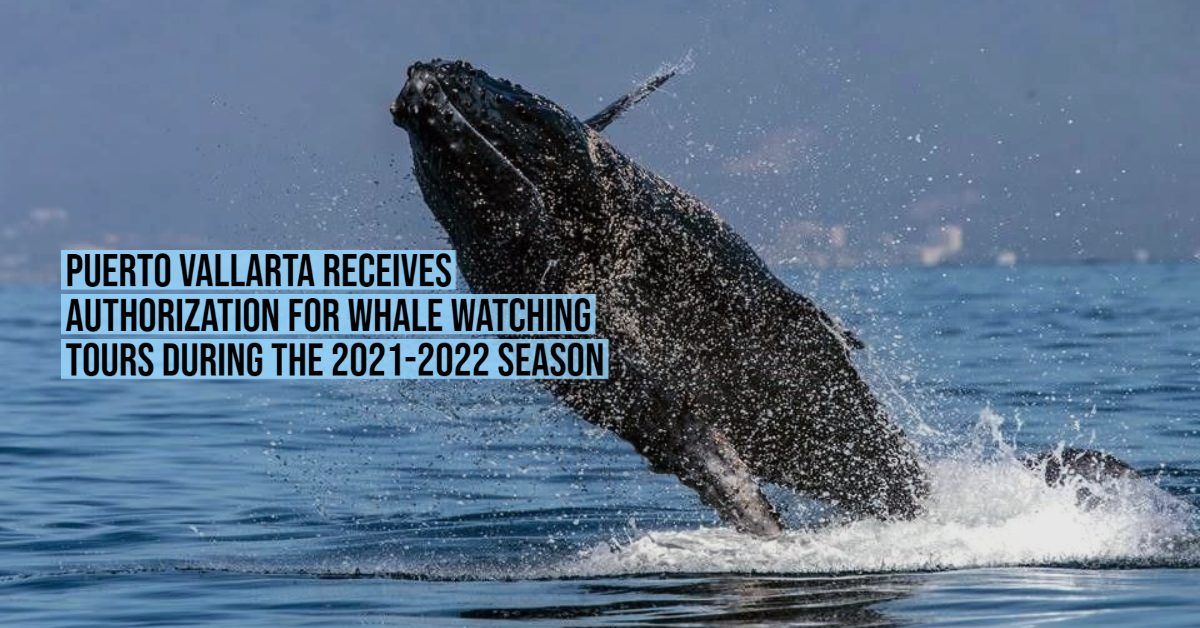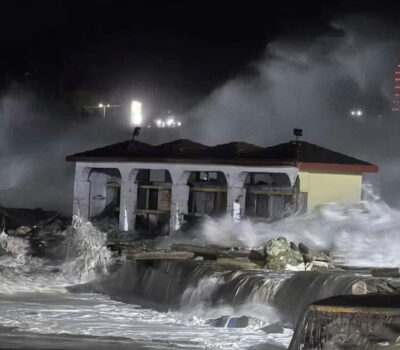Two months before the start of the whale watching season on the Mexican coast of the Pacific Ocean, the Ministry of Environment and Natural Resources (Semarnat) determined which municipalities of the country will be allowed to carry out recreational whale watching.
In the case of Jalisco, Semarnat published that tourist tours may be carried out in the Bay of Banderas, within the municipalities of Puerto Vallarta and Cabo Corrientes, and in the Bay of Tenacatita, in La Huerta.
However, in the Bay of Banderas, the Secretariat establishes two restricted zones, the area within a 1.5-kilometer radius around the Marietas Islands, and the 2-kilometer-wide coastal strip of Punta Mita, up to the mouth of the Ameca River.
These limitations are determined by the fact that they are points where different species of whale congregate with their newborn calves, so contact with tourist groups is not suitable for them.
The season in which whale watching activities will be allowed in Jalisco ranges from December 8, 2021, to March 23, 2022, since these are the months when adult mammals migrate to warmer waters of the Pacific Ocean, in search of giving birth or mating.
However, Semarnat recalls that whale watching activities must be carried out in accordance with NOM-131-Semarnat-2010, which indicates that vessels with federal registration to grant these tours must be duly identified with a visible flag.
In addition, this rule indicates that there can only be a maximum of four vessels observing the same whale at a minimum distance of 60 meters for small boats and 80 meters for larger boats, in addition, in the case of larger whale species, the minimum distance goes to 100 and 120 meters, respectively.
If there are more boats interested in the same specimen, they must wait at a distance of 240 meters to avoid harassing the animal, and each boat will have up to 30 minutes for its occupants to appreciate the whale and then leave, which will be when others boats can approach.
Two months before the start of the whale watching season on the Mexican coast of the Pacific Ocean, the Ministry of Environment and Natural . . .












